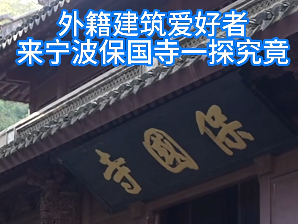The discovery of the first Hemudu ruins in 1973 provided adequate evidence to alter scholars’ views of the ancient Chinese civilization. Hemudu is considered the most important archaeological discovery since the founding of the People’s Republic of China in 1949.
Prior to the discovery of Hemudu, two major archaeological discoveries, namely the Qianshanyang Ruins in 1934 and the Liangzhu Ruins in 1936, somehow misled archaeologists to two conclusions: first, the representative ancient culture unearthed in Hangzhou Bay was part of the Longshan Culture; second, the primitive culture in Jiangnan region was far behind that in the central region of China.
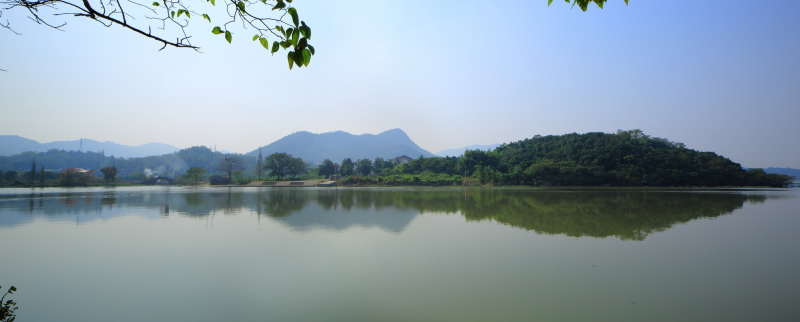
Hemudu voided the two misunderstandings. The Hemudu Culture, a Neolithic-Age site of about 7,000-5,000 years ago, is older than and overwhelmingly different from the Yangshao Culture in the Yellow River valley in the north. The Longshan Culture is 3,000 years younger.
The 40,000-square-meter ruins of Hemudu provide insight into four distinct aspects of the cultural significance of the Hemudu Culture: a big amount of rice grains, everyday life artifacts made of stone, bone, pottery and wood, farming, hunting and fishing tools, and devices, and oars. It is worth mentioning that the grains, when just unearthed, looked brightly golden and came from rice subspecies different from the one in India which had been mistakenly considered as the source of rice cultivation in China.
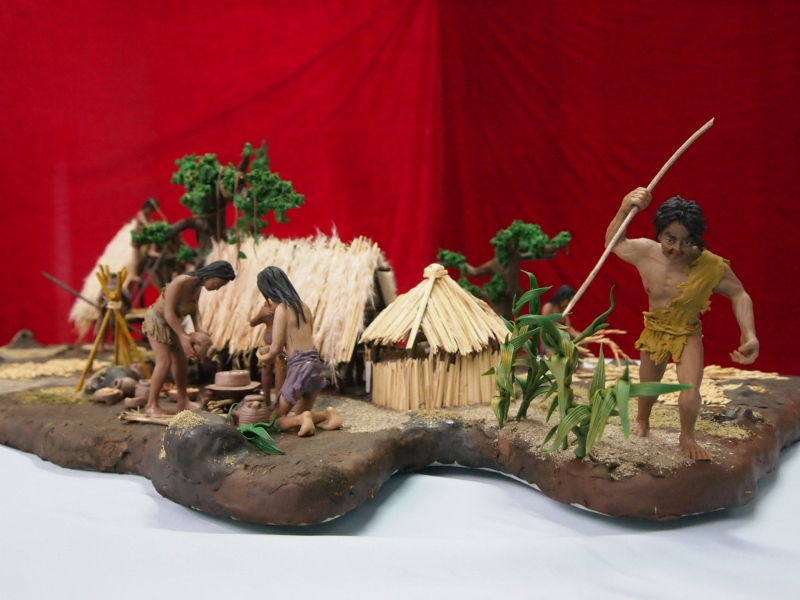
These discoveries paint a relatively complete picture of the life so many thousands of years ago: the people of Hemudu built stilt houses by using mortise-tenon structures to connect wood pieces, they cultivated rice, they made pottery, they made artifacts and tools, they produced textile, they sailed, hunted and fished, they made art, they practiced a religion. Hemudu says that rice agriculture in China didn’t come from India and that the people of Hemudu had a working knowledge of climate and weather and had the concepts of year and season. Hemudu is considered one of the sources of ancient Chinese civilization.
The material aspects of Hemudu speak abundantly of the wisdom, aesthetics, culture, art, and experience of the people of that time. The excavated artifacts highlight the climax of a primitive society that had existed for a long time and had evolved remarkably into advanced material culture.
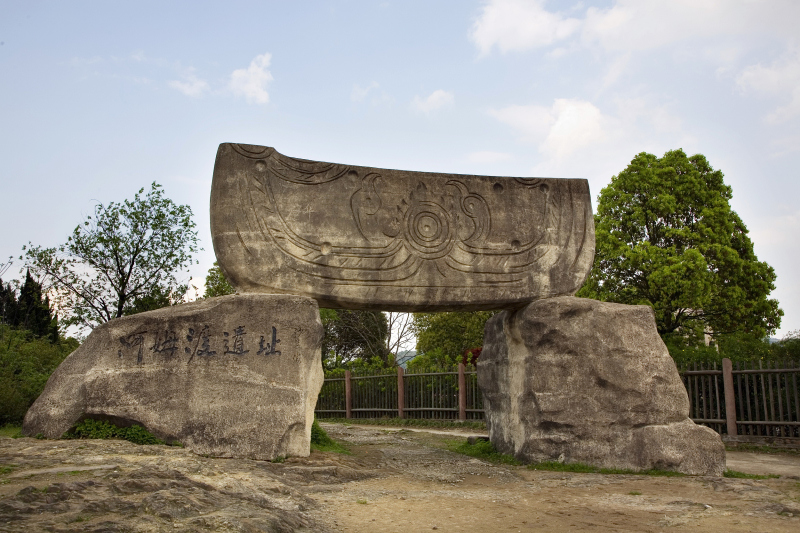
The Hemudu culture is composed of 49 sites spread in eastern Zhejiang where there were forests, rivers, and wildlife, an ideal habitat for human beings. And nearly 7,000 artifacts and remains of plants and animals were excavated.
Artistically, sculpted images and patterns on ivory and pottery pieces are amazing. Moreover, symbols on pottery pieces present a simple language and portray the essentials of the Hemudu life.
One outstanding material aspect of Hemudu is brilliant woodwork. The people of Hemudu lived in stilt houses and they sank wells bolstered with a wood structure inside, suggesting a well-maintained and well-organized community. The stilt houses they first invented and constructed were copied by architects in subsequent dynasties. Pavilions above water and on the platform, multiple-storied houses popular in ancient China in subsequent dynasties are all variations on the prototypical stilt houses of Hemudu. Stilt houses above water in Hemudu suggest that the culture was distinct from its counterpart in the Yellow River valley in the north where the ancient people mostly lived in semi-subterranean dwellings known as pit houses.
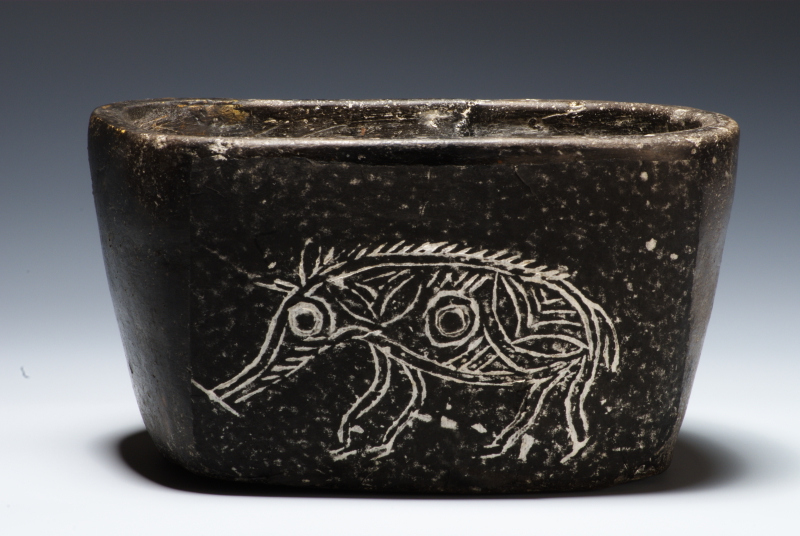
The mortise-tenon joints invented by the people of Hemudu have been used widely and improved throughout Chinese history. The Baoguo Temple in Ningbo (first built about 2,000 years ago and restored in 880AD), the Hanging Temple in Datong (erected about 1,400 years ago), and the Wooden Pagoda in Yingxian County (first built in 1056AD) are extant perfect wooden structure examples that can be traced back to the prototypical woodwork of Hemudu.
Although the Hemudu people disappeared into history, what they invented, fortunately, have been carried on and improved on in following generations up to today.



